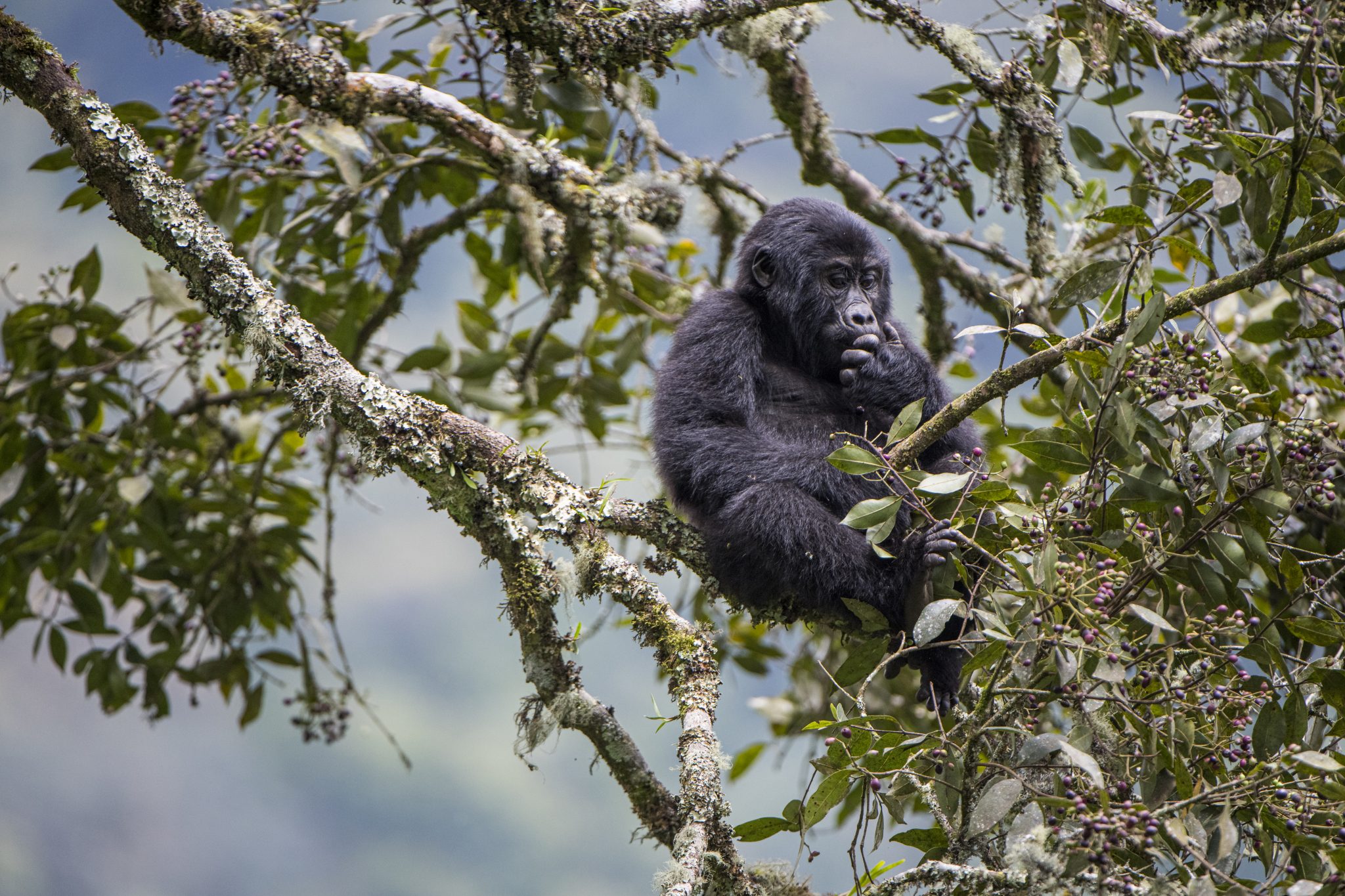
The improved security in their habitats has also contributed immensely to the increased numbers. The Mgahinga Gorilla National Park, on the other hand, is the smallest national park in Uganda – spread over just thirty-four square kilometres of land, and bordering both the DRC and Rwanda.Īll these parks are popular destinations for gorilla tracking.

The park’s volcanic hills are home to roughly half the world’s mountain gorillas. Situated at an altitude between 1,160 metres and 2,600 metres above sea level, the thick tree cover gives the forest its name. Inscribed on the World Heritage list in 1994, the Bwindi Impenetrable Forest is a typical tropical rain forest with an outstanding richness of biodiversity. The Virunga Massif – that includes Uganda’s Mgahinga National Park, Rwanda’s Volcanoes National Park (a UNESCO Biosphere Reserve since 1983), and the Virunga National Park of the DRC – had 604 gorillas as of 2016. It shows that the Bwindi-Sarambwe ecosystem – that includes Uganda’s Bwindi Impenetrable National Park, which is about 321 square kilometres, and the Sarambwe Nature Reserve in the DRC, spanning about nine square kilometres – had 459 gorillas divided in fifty groups, and thirteen solitary individuals. The coalition’s latest census, the Bwindi-Sarambwe 2018 Surveys, was released in December 2019. The exercise helps determine whether a population is increasing or decreasing in size, and assessing whether conservation efforts are effective, or need to be modified. Routine censusing is a crucial part of adaptive management strategies, experts say. But now, the inhabitants look at parks as part of their heritage, and hence contribute to their survival, expansion and management,” says Andrew Seguya, Executive Director of the Greater Virunga Transboundary Collaboration (GVTC), which protects the mountain gorillas.Ī consortium of the governments of the three countries – Uganda, Rwanda and the Democratic Republic of the Congo (DRC) – where the gorillas live and non-governmental conservation organizations, one of the main tasks of the GVTC is conducting censuses for these and other species in the region. “In the past, the conservation strategy was based on constraints.


The increase in numbers is also due to the links forged between the gorillas and the local communities. Active conservation strategies – which include continuous monitoring and veterinary attention, the treatment of respiratory diseases, and the removal of snares set for other small animals which trap baby gorillas – have also helped the population increase. The gorilla population has suffered decades of extensive threats including poaching, habitat deforestation, disease transmission from humans, and civil conflict. Office of International Standards and Legal Affairs.


 0 kommentar(er)
0 kommentar(er)
